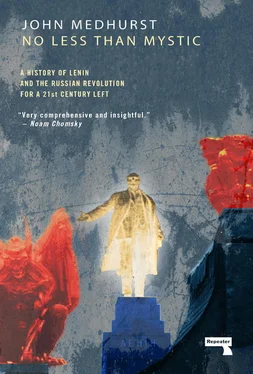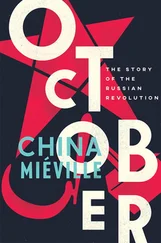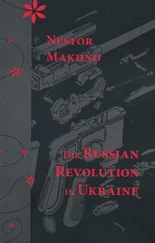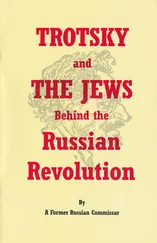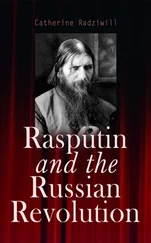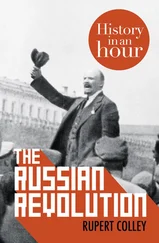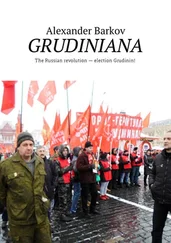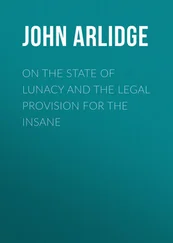Stop the War
In 1909, Alexander Bogdanov, the only Bolshevik with the intellectual ability to challenge Lenin, in partnership with the future Soviet Commissar for Education Anatoly Lunacharsky and the socialist author Maxim Gorky, opened a school for Marxist education on the island of Capri. This attracted a number of intellectually ambitious Russian workers. Bogdanov, Lunacharsky and Gorky became the leaders of an informal faction within the Bolshevik Party, a bohemian fringe allowed to formulate (or at least dabble in) new thinking in sociology and cultural politics. This small group of free-thinkers were bound to come up against Lenin, who in his struggles against Liquidators and Conciliators demonstrated what even a sympathetic writer like Liebman described as “a deliberate striving to transform the party into a monolithic bloc”. 1When Bogdanov began to revise Marxist philosophy Lenin sensed great political danger.
Like many Russian intellectuals battered by the defeat of the 1905 Revolution, Lunacharsky and Bogdanov were looking for a way to integrate the intelligentsia’s political agenda with the deep religiosity of Russian peasants and workers. Lunacharsky’s Religion and Socialism (1908) argued for an anthropocentric Marxist religion based on the deification of humanity. His definition of religion rejected the traditional concept of God and supernatural phenomena but accepted the most positive elements of religious faith–a sense of wider community, the desire to do good and be of service, the triumph over selfish individualism. In that sense the “God Building” of the dissident Bolsheviks produced a pantheistic religion with a political focus, not unlike the transcendental Buddhism that Russell Brand used as a vehicle to reach radical political conclusions in his best-selling Revolution (2014).
A mixture of personal experience, Buddhist philosophy and anarchist politics, Revolution identified and condemned the power structures of contemporary neoliberalism as destructive of economic, environmental and psychological health. It was also unashamedly “religious”, not in the institutional sense, but in acknowledging that it was spirituality , specifically love and compassion, that motivated the author to seek a revolutionary transformation of capitalism. In his words, this would be defined by
a sustained, mass-supported attack on the hegemony of corporations and the regulations that allow them to dominate us […] the radical decentralisation of power, whether private or state […] the return of power to us, the people, at the level of community […] the assertion of spirituality, of whatever form, to the heart of our social structures. 2
Revolution ’s real achievement is not just to make the transformation of corporate capitalism Brand advocates attractive in the basic sense (i.e. exciting, stimulating and enjoyable), but to boldly proclaim the ethical and spiritual motivation behind socialist agitation for a better world.
Lunacharsky’s concept of a socialist religion was not new, although previously the socialism derived from the religion and not vice-versa. The libertarian essence of Christ’s ministry had been recognised since the early Apostles. In the Middle Ages, religious dissidents such as the Lollards, Hussites and Anabaptists were persecuted by the Church and feudal aristocracy for daring to express it. It was the core of the Christian Socialist tradition expressed by John Ruskin’s Unto This Last and Edward Bellamy’s Looking Backward . Labour leaders Keir Hardie, George Lansbury and Tony Benn were driven by a Christian Socialist ethic, as were Martin Luther King and Hugo Chavez. In his History of the World , H.G. Wells wrote of Jesus that the rich elites of his own time, and subsequently, were discomforted by his message, for “He was like some terrible moral huntsman digging mankind out of the smug burrows in which they had lived hitherto. In the white blaze of this kingdom of his there was to be no property, no privilege, no pride and precedence; no motive indeed and no reward but love”. 3Or as Brand neatly put it, “Socialism is Christianity politicised”. 4
From this tradition and the school of Catholic social activism arose Liberation Theology, central to the revival of socialism and anti-imperialism in Latin America since the 1980s. Noam Chomsky described it as an attempt to return to the first three centuries of Christianity before the Nicene Creed of 325, when it was “a pacifist religion of the poor”. It arose from a conference of Latin American bishops at Medellin in 1968, after which many of its adherents refocused their missions towards social goals such as fighting poverty and a “preferential option for the poor”. This option was inspired by passages in the Bible such as the excoriating attack on the rich in the New Testament, the Book of James 5, 1:6:
Go now, ye rich men, weep and howl for the miseries that shall come upon you. Your riches are corrupted, and your garments are moth-eaten. Your gold and silver is cankered; and the rust of them shall be a witness against you, and shall eat your flesh as if it were fire. Ye have heaped treasure together for the last days. Behold, the hire of the labourers who have reaped down your fields, which is of you kept back by fraud, crieth: and the cries of them which have reaped are entered into the ears of the Lord. 5
A radical and uncompromising Christianity was a challenge to the Catholic Church, with its vast riches and Vatican Bank, and to conservative hypocrites who professed Christianity in theory while ignoring it in practice. Catholic priests such as Samuel Ruiz, Bishop of Chiapas, increasingly came to see that the gold and silver of the Latin American elite was cankered and that as good Christians it was their duty to speak for “the labourers who have reaped down your fields”. Ruiz supported the precursor of the Zapatista Army, the Maoist organisation Popular Politics (PP), and its model of community organising. Subcommandante Marcos praised him as one of the first twelve PP activists who relocated in Chiapas in 1983 to organise a guerrilla war. The PP operated under the protection of the local church, often accompanying priests on religious missions into rural areas. They demanded “work, land, housing, food, health, education, independence, freedom, justice and peace”, and pledged to form a “free and democratic government”. While they appealed to Mexican nationalism, they also spoke on behalf of Mexico’s oppressed indigenous population.
Like Liberation Theology, the new rationalistic thinking of the early 20th century was inevitably subversive. Only in Russia was there a return to authority and tradition. A collection of essays called Vekhi (Landmarks) by several prominent Russian intellectuals, published in 1909, caused immediate controversy. The contributors were selected by Peter Struve, who now stood on the right of the Kadet party. With minor differences they all dissented from what to that point had been the central tenet of the Russian intelligentsia–its unwavering hostility to Tsarism and Orthodoxy. They argued that the intelligentsia’s rationalism, utilitarianism and atheism had made it incapable of constructive political engagement, and this had led to the defeats of 1905 and the failure to establish a proper constitutional order.
Struve had moved away from Marxism because he felt it lacked a spiritual dimension and asked too much of its working-class base. He indicted all forms of rationalism and “scientism” and he condemned the Russian intelligentsia tout court as a frivolous, destructive opposition to whatever the Russian government attempted to do. But given that nearly all of the intelligentsia, from Marxist to Liberal, had taken part in the Duma experiment, and it was the government that closed it down and rigged its franchise, it is hard to see his logic. In the most notorious Vekhi essay the literary historian Mikhail Gershenzon criticised Marxists for dividing people into friends and enemies, and yet he did the same when he wrote that instead of union with the people “we ought to fear the people and bless this government which, with its prisons and bayonets, still protects us from the people’s fury”. 6
Читать дальше
